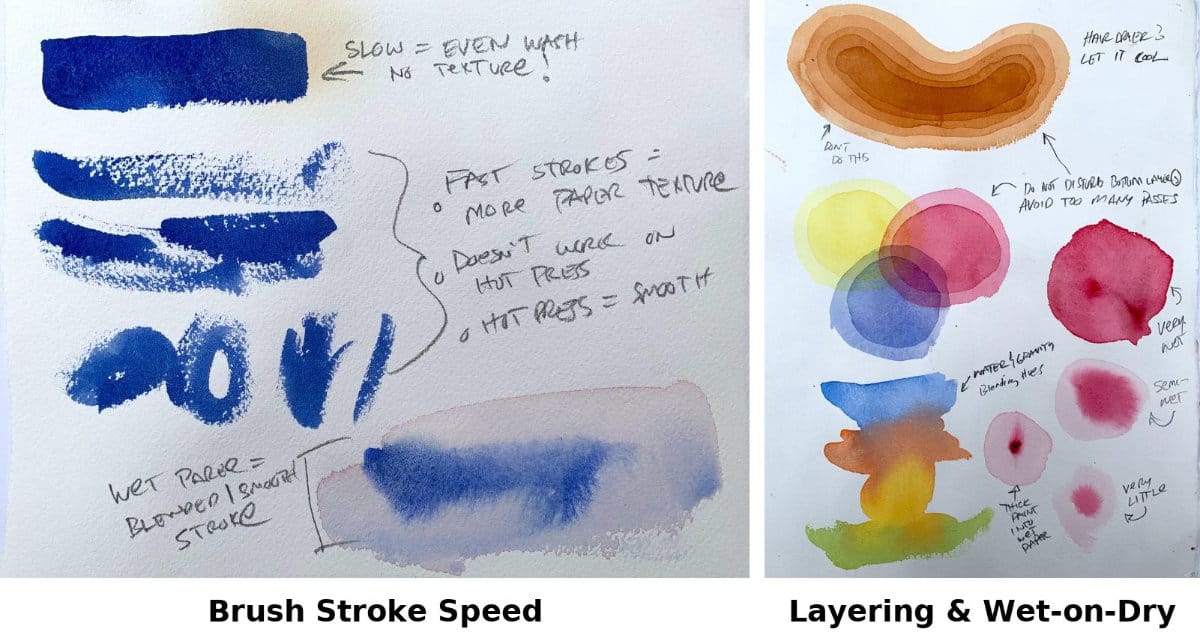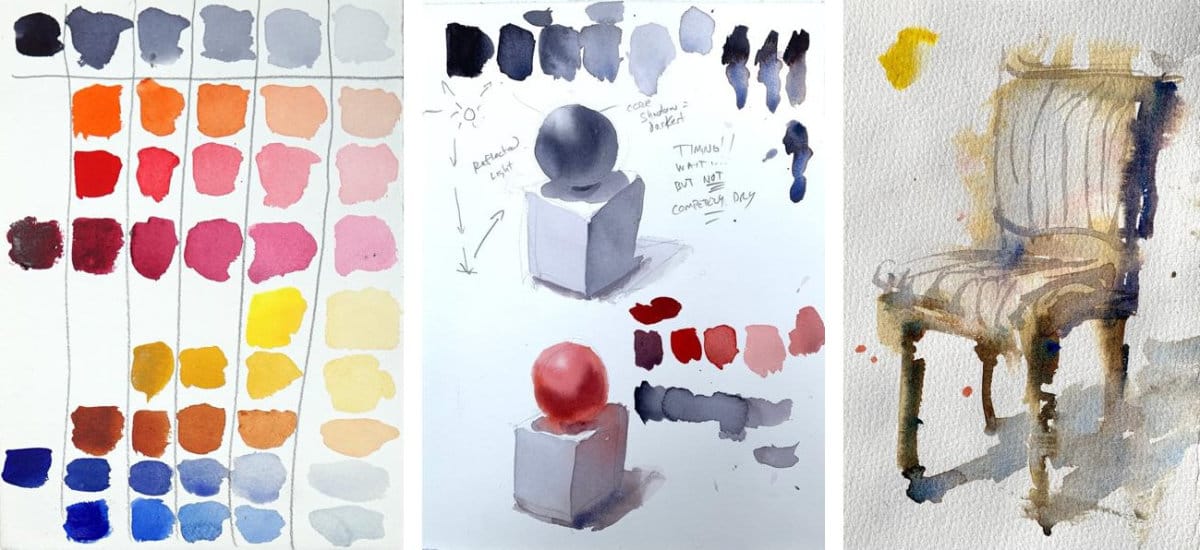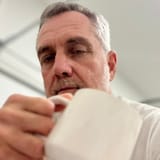Free Watercolor Painting Course for Beginners - Complete 3-Hour Workshop
Free watercolor course from someone who danced foxtrot on fishing boats. 3 hours of garage studio techniques: water control, brush work, no BS.

As I was prepping to refresh this free watercolor painting course page, I knew it had to be special. This isn't just another beginner tutorial — it's decades of knowledge from both practicing and teaching, poured into foundational watercolor techniques that most courses rush through.
In this comprehensive 3-hour workshop, you'll master transparency, layering, water control, and color mixing through step-by-step demonstrations. We start with fundamentals but quickly move into intermediate territory with still life, landscapes, and expressive brush techniques that separate confident painters from frustrated beginners.
What sets this course apart are the unique perspectives and advanced ideas I've discovered along the way. I was reminded of this while thinking about my commercial fishing and ballroom dancing days.
I used to practice ballroom dancing on the back deck of a 100-foot scallop boat — oil skins, rubber boots, steel deck rolling with the waves, me dancing foxtrot with an imaginary partner during 20-minute breaks between haulbacks. I worked those brutal 18-day trips to fund my ballroom training, but even in the middle of nowhere, I found time to practice.
That same dedication applies to watercolor. Real progress happens when you commit to consistent practice, no matter what else is going on.
Ready to dive in? Here's your complete watercolor workshop:
What You’ll Learn in This Course
This course gives you the building blocks of strong watercolor painting. We start at the very beginning and work through intermediate skills using simple subjects like barns, silverware, and geometric objects.

Core Techniques:
- Transparency & Layering - Stack wet-on-dry layers without muddying colors
- Water Control - Let gravity work with you, not against you
- Brush Speed - Fast strokes leave sparkle, slow strokes cover more
- Value Matching - The game-changing exercise that separates beginners from painters

Advanced Ideas:
- Drawing with a Brush - Use your brush like a pen for expressive marks
- Complex Subjects - Apply fundamentals to still life and landscapes
How to Get the Most Out of This Course
Work at your own pace, repeat exercises, experiment with your own subjects.
👉 Next stop: the Watercolor Tutorials Hub to keep building your skills.
👉 Follow me on Pinterest for daily watercolor inspiration!
Related Free Courses on Crafted by Robert
Frequently Asked Questions
Do I need expensive supplies to follow along? Nope. Basic watercolors, brushes, and paper will do. I'm not here to sell you fancy gear - just solid techniques that work with whatever you've got.
Is this really free? What's the catch? It's free. No email signup, no credit card, no upsell pitch at the end. I put this together because too many watercolor courses skip the fundamentals or make them boring as hell.
I'm a complete beginner. Will I be lost? We start from square one. If you can hold a brush and follow directions, you'll be fine. The scallop boat taught me that anyone can learn anything with the right instruction and enough practice.
How long should I spend on each exercise? As long as it takes. Some people nail transparency on the first try, others need to practice for weeks. There's no timeline here - just progress.
Can I skip around or should I watch in order? Watch in order the first time through. The lessons build on each other. Once you've seen it all, jump around however you want.
What if my paintings look terrible? They probably will at first. Mine did too. The goal isn't pretty pictures - it's understanding how watercolor behaves. Pretty comes later.
Can I share my work from this course? Tag me @crafted_by_robert when you post. I check in regularly and love seeing progress, even the messy stuff. I'm on IG and TikTok.
Recommended Watercolor Materials
-
Holbein Professional Watercolor Paints – 8 Essential Hues
Yellow Ochre, Cadmium Lemon Yellow, Ultramarine Blue, Cerulean Blue, Alizarin Crimson, Cadmium Red Light, Neutral Tint, Burnt Sienna -
Fabriano Artistico Watercolor Paper – 140lb Cold Press
Buy full sheets and cut into quarter sheets for best value -
Silver Jumbo Wash Brush
Great coverage, excellent quality for the price -
Princeton Neptune Point Rounds (No. 12 & 6)
Reliable and affordable detail & wash brushes -
Princeton Neptune Dagger (1/2")
Versatile size for lines, edges, and detail work -
Masterson Aqua Pro Palette
Durable, with deep wells for generous mixing space -
Gator Board
Lightweight, long-lasting painting support board -
Holbein White Gouache
Optional for highlights and fine details - Miscellaneous: plastic water containers, paper towels, masking tape
This post contains affiliate links. If you make a purchase through these links, I may earn a commission at no extra cost to you.




